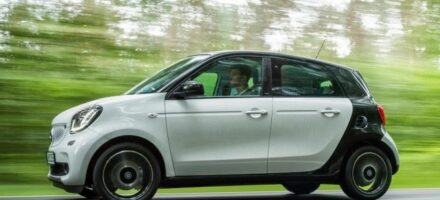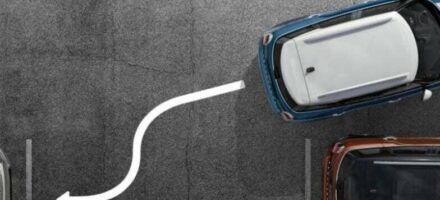
For Owners & Lovers of Vintage Cars...
In an age where throwaway culture rules supreme, it's often difficult to find relevant information that supports the role of restoration and renewal. Nowhere greater is this challenge than with respect to vintage and classic car restoration.

10 of the Best Classic Car Shows and Events in 2021
Classic cars to car enthusiasts are like vinyl to music lovers. They’re the icons we dream of owning, and the collector’s items cherished and preserved by their owners.
DISCOVER MORE
Visit our YouTube channel, where you can find more car reviews and walkarounds by our fantastic experts.



